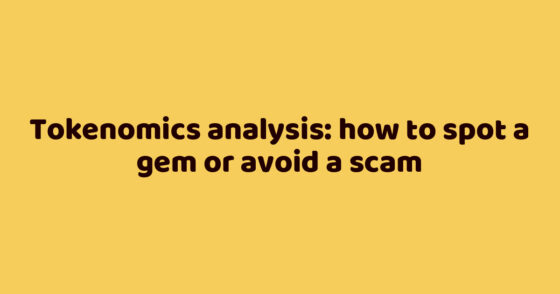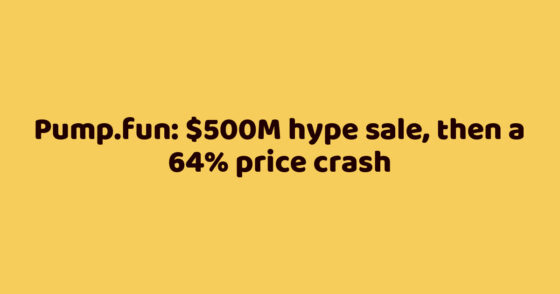It’s important to explain why XRP breaks peoples’ brains.
The original narrative that “VCs always sell and therefore we will choose meme coins” is now completely unwinding. Meme coins are not the “contra VC bet” — but rather, cash flowing protocols and US based long standing protocols (often termed as ‘Dino coins’.
First Hyperliquid shows that cash flowing start ups can to community distribution effectively. Jeff funded Hyperliquid originally with his own trading operations.
Second – XRP shows that cryptocurrency whales are far more focused on how reliable a protocol is. Which is a function of how old it is. The reason why VCs hate this narrative so much is
A] They have no XRP exposure
B] XRP has no smart contract technology which is the premise of most of their investments
C] XRP has 20k active sending wallets and a $180B market cap which conflicts utterly with the idea that you need a lot of users to generate protocol value
D] XRP is completely sending and as part of benchmarks it makes them look bad
the God Candle on XRPSOL coincided with the human exploitation, trafficking and attempted suicides on Pump Fun livestreams. There’s a realization that comes – that if you have a ton of users, and no censorship, what happens is ultimately pretty dark. And ultimately summons regulators or law enforcement agencies.
Which brings us to yet another feature people hated about XRP: Trust lines. You can’t just send racism tokens to any address. So yes, it’s a ‘high friction’ UX that discourages low quality usage. But high quality users – such as banks – demand it. And now that the market has seen what happens without those safe guards, this is being accepted more.
BTC having no usage in this regard and vastly outperforming ETH even while ETH claimed to “facilitate Web3” was the first permutation of this but when the SOL live stream happens I think people truly understood what “mass adoption” outside of buying looked like and realized that maybe compliance exists for a reason.
The other thing that people haven’t fully internalized since Trump won is that the aggressive enforcement regime, is functionally over. Which means that US based protocols suddenly go from having existential risk — to having a Navy defending their operations.
Want to censor Ripple Labs. Have fun getting mowed down by the US coast card bucko.
XRP’s biggest existential risk was that the US government would storm the offices and say, “hey your unique node list that’s securing your network, you donated money to them. we’re going to prosecute everyone involved as a money transmitter. Hit them with OFAC fines. And let the SEC sue each validator separately to get you into Compliance. And we’ll fine you $2b for unregistered securities offering which you can market sell”.
The Candle we’re seeing right now is that what was a terrible overhang has now turned into a benefit .
Protocols with similar risks (Cardano, and XLM) are putting in aggressive moves because of this regime shift that actually views US presence are a benefit to censorship resistance.
Interestingly, this logic — that the US is home of weird financial things – has applied to a large extent to the banking sector for a long time. the US is one of the capitals of global anonymous cash, precisely because it is impossible for other countries to enforce reporting requirements on US financial institutions. Tether is best viewed as the on chain extension of that. A totally outrageous semi non compliant $135B cash pile. But as long as it’s in dollars, it means that it’s part of the system and the US government could care less about other countries reporting requirements which is also the meta behind Tether shutting down in Europe.
The US wants the financial developments in the space to enforce dollar hegemony – and suddenly, XRP’s R&D operations go from pariah status to a matter of government policy.
I think people are still reeling from the move and attribute it all to “retail”. but remember, especially with very old coins. The ownership is extremely concentrated. The vast majority of the network – whales, are not selling at these prices when they easily could given market liquidity. And they’re not selling for the reasons listed above.
The market is never wrong it is simply our task to understand it as best we can and learn.








